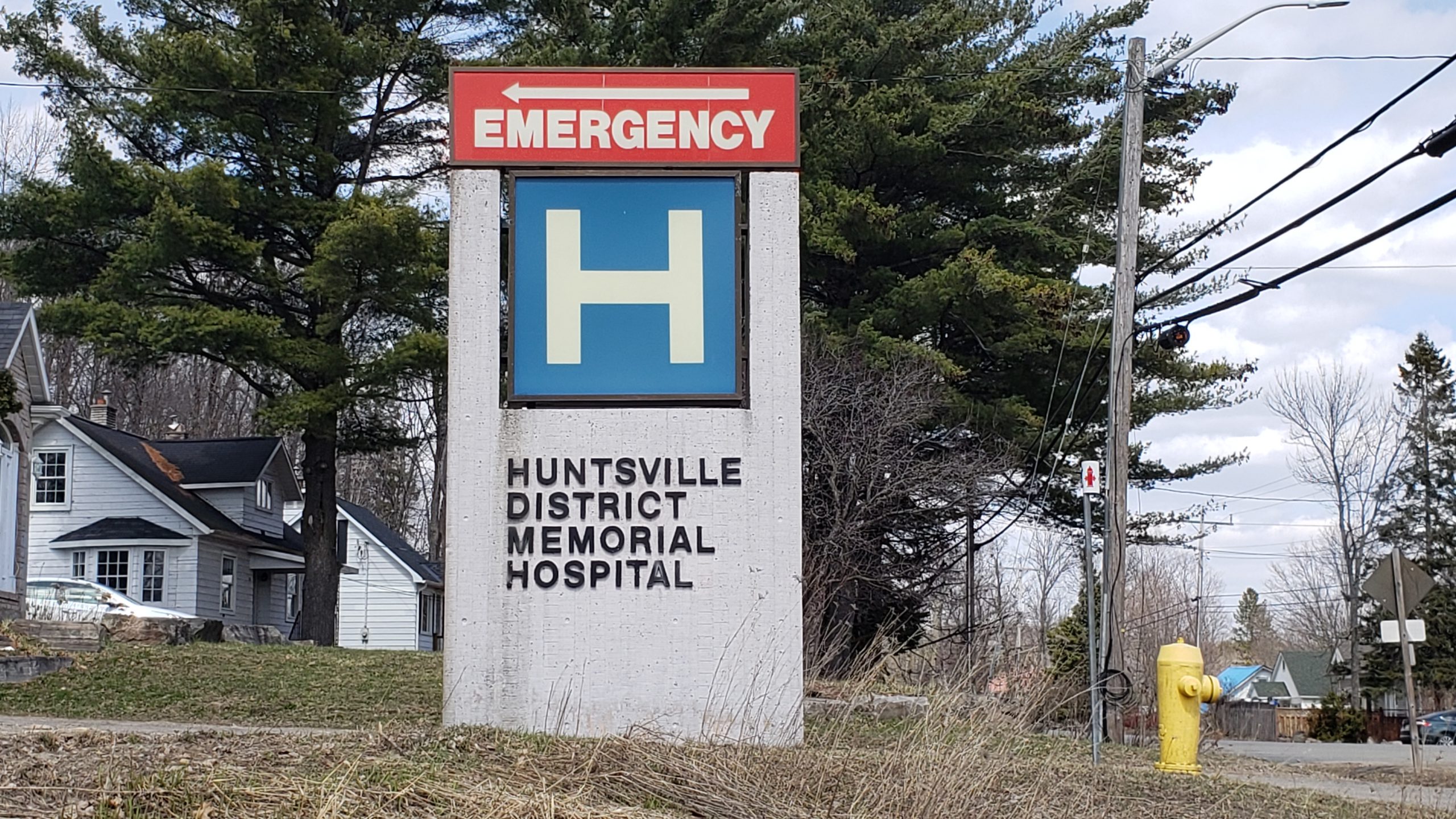In the latest update from Muskoka Algonquin Healthcare (MAHC), officials explain the proposed “Made-in-Muskoka healthcare system” provides more inpatient beds for the Huntsville District Memorial Hospital (HDMH) because it’s slated to have a “vital reactivation unit.”
In a May 1 update, officials with MAHC explained the unit is designed to support patients who need an alternative level of care (ALC) or are at risk of needing ALC. Hospital officials explain an ALC patient needs “immediate, intensive treatment” and risk functional decline, particularly older patients, the longer they stay in hospital.
Currently, officials say between 30 and 50 percent of the acute care beds between the hospitals in Bracebridge and Huntsville are used by ALC patients. However, they say the province mandates that new hospitals have a maximum of 20 percent.
They say the high number of ALC patients the hospitals are currently dealing with has led to the “actual need” for acute care beds at the future hospital sites being “misrepresented.”
The South Muskoka Memorial Hospital (SMMH) in Bracebridge currently has 67 acute care beds and is proposed to have 36, including four for intensive care, at its future site on Pine St. while HDMH currently has 56 acute care beds and will have 121 at its new site, including 10 for intensive care, 14 for its stroke unit, and two for childbirth.
SMMH will also have a delivery room, but officials say it will be for “less intensive, short duration of care.”
Cheryl Harrison, chief executive officer of MAHC, says the organization’s goal is to provide ALC patients with “the right care, in the right place, at the right time.”
“We’re redesigning how we care for these patients to optimize our resources and provide personalized care,” she continues.
As part MAHC’s proposal, officials share a reactivation unit is “essential for patients transitioning from acute care, facilitating recovery, and preparing them for home or lower care levels.” They say it must include a dining room, access to a gym or rehabilitation staff, and activity spaces like an area to walk.
Officials say since HDMH is provincially designated as a stroke and rehabilitation centre, it makes the hospital the best place for the reactivation unit.
“These programs require the same resources, both staff and space, to care for all patients,” it says in the update. “Duplication of space or staff requirements would be impractical within both financial and human resource constraints.”
Chuck Wertheimer, senior principal at Resource Planning Group, has been part of MAHC’s redevelopment project for nearly a decade and points out how many hospitals in Ontario are struggling to keep up with the need for more long-term care options.
“Patients with ALC status, who can’t leave the hospital but don’t need acute care, take up beds that make it seem like we need more acute care capacity than we actually do,” he explains. “This shows the urgent need for more long-term care, home care, and community services, which hospitals in Ontario are struggling with.”
In the last update from MAHC, officials said they wanted to “dispel misinformation” about how the redevelopment process has been handled so far.



